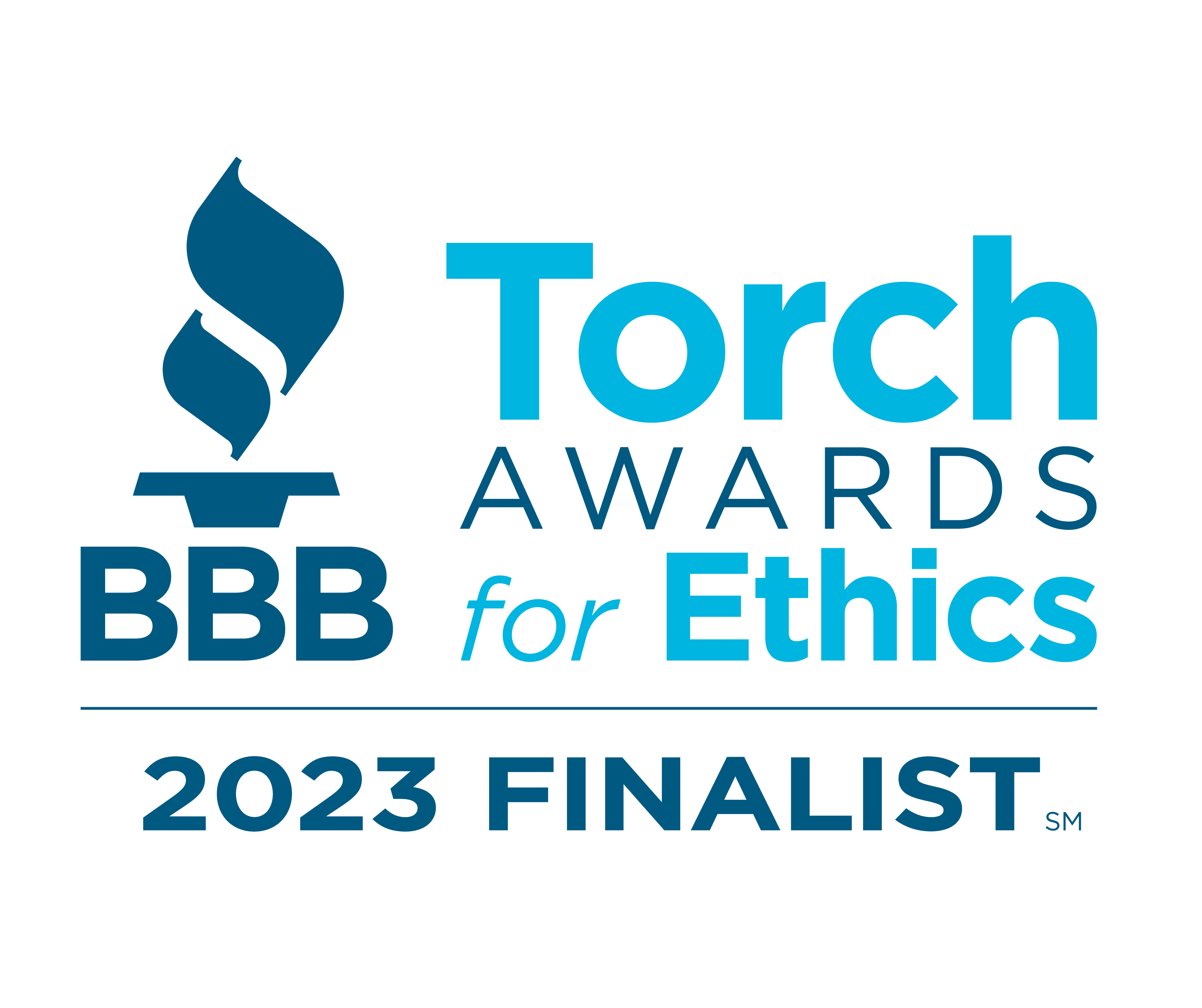Ever wondered if you could pay even less tax than you currently do?
If you are an avid follower of the latest happenings in the country, you are very much aware of the constant wranglings between politicians and huge business corporations over the exploitation of tax loopholes.
Yes, the super-rich are always looking for ways to pay fewer and lesser taxes than they currently pay, and hate them or love them, you should too.
As tax time comes around, it is important that you aim to save as much money as possible by taking advantage of as many tax write-offs in sight.
A tax write-off is typically used about both tax credits and tax deductions which you are legally eligible for.
These could either reduce your taxable income (as in deductions) or lower the amount taxed (as in credits).
Either way, you get to reduce your federal tax obligation.
So, how much more of your hard-earned income could you save from the claws of Uncle Sam?
From childcare expenses to retirement, mortgages, self-employment costs, and more, there are many different ways to ensure you do not pay more than you owe.
Ready? Let’s dive in!
Understanding the Difference Between Tax Deductions and Tax Credits
Before delving further, it is important that we take a moment to consider the difference between these two terms: ‘tax credits’ and ‘tax deductions.’
Put simply; a tax deduction reduces how much of your income can be taxed (taxable income).
For instance, a charitable donation may cut your taxable income by $2,000.
For a salary of $60,000, this implies that you will only be taxed on the remaining $58,000 instead of the entire sum.
So, your savings here are dependent on your tax bracket (think $500 on your $2,000 gift for a 25% bracket).
Tax credits are much more straightforward.
Where a deduction reduces the amount that can be taxed, a credit reduces the amount that has been taxed.
Consider a credit to be a dollar for dollar reduction in your taxes.
Thus, a $2,000 tax credit (as with our earlier example) means $2,000 less tax to pay rather than $500.
Tax credits are usually of two kinds: refundable and non-refundable credits.
Making the Most of Tax Credits
Many of us get to leave money on the table simply because we weren’t aware enough to claim it.
Note that credit is deducted from your taxes, with the balance sent back to you as a cheque if it is a refundable credit.
This is the biggest tax write-off you could enjoy!
Let’s consider some ways you may qualify for tax credits.
Earned Income Tax Credit: The EITC is one of the most overlooked tax credits, with about 25% of eligible Americans leaving it unclaimed.
Qualifying low-income families can earn over $6,000 in credits depending on the family income and size.
Interestingly, you may still qualify even if you are single with no kids.
You can still claim this credit for up to three previous years if you were eligible.
This will be paid up as a refund once you file a tax return, even if you currently owe no taxes.
Education Credits: The American Opportunity Credit, formerly known as Hope, provides beneficiaries with up to $2,500 in tax credits for four years post-secondary education costs.
This credit is available for single filers with less than $80,000 in adjusted gross income.
The credit should be of particular interest to you considering that it is refundable by up to $1,000.
Beyond the first four years of post-secondary education, you may also qualify for the Lifetime Learning Credit.
Energy Credits: Making energy-saving home improvements is important to your pocket in more ways than one.
Although its original aim is targeted at lowering your utility bills – thus saving you some money – it also saves you some money in the form of tax credits.
You receive as much as 30% of your total cost of installing a residential solar panel, wind turbine or geothermal unit.
Under the current tax dispensation, any unused energy credit is carried over through till 2021.
Savers Credit: Single income earners with income levels under $27,500 ($55,000 for married joint filers) qualify for a credit of up to $1,000 ($2,000 for couples) for retirement plan contributions.
Reinvested Dividends: This is one of the least straightforward credits on this list, but it is an important addition.
Most mutual funds investors have their dividends automatically reinvested in extra shares.
If you do this, then each reinvestment should increase your tax basis, which should reduce your taxable capital gain.
If you have forgotten to include these reinvested dividends in your cost basis, then you have overpaid in taxes and qualify for a credit to get back your excesses.
Dependent Care Credit: Dependent care credit can be claimed for up to $3,000 per child for individuals with a child of dependent age (less than 13 years), or a mentally or physically disabled child, spouse or parents.
To qualify, the dependent must be unable to provide self-care, thus requiring day care services while you work, look for work, or go to school full time.
The dependent should also spend at least half the year living with you.
Child Tax Credit: The child tax credit offers taxpayers up to $2,000 in tax credits for each qualifying child under 17 years of age.
This credit is refundable for up to $1,400 (adjustable for inflation after 2019) each year.
Tax Deductions
Tax deductions may not affect your final tax obligations quite as much as tax credits, but they do add up nicely.
The possible tax deductions you may qualify for are typically more in number than tax credits.
However, what really makes them effective is the overall effect they have on your adjusted gross income (AGI) or taxable income.
This both impacts your tax bracket and may enable you to qualify for key credits.
Student Loan Interest: One of the major activities encouraged by the US tax system is the attainment of higher education.
Besides the education tax credits discussed above, the IRS also allows you to deduct the interest you pay on student loans up to $2,500.
This sum can be claimed even if your parents continue to pay your student loans, so long as you are not listed as a dependent on their tax returns, and they are not legally obligated to repay the loans – as is the case in a Direct PLUS loan.
Cash and Non-Cash Charitable Donations: Whether they are deducted from your payroll, or you hand them in yourselves, charitable donations are always a delight to make, but also quickly burn a hole in your pocket.
However, while many are aware that you can claim deductions on cash gifts, few realize that this is also true for non-cash gifts and out-of-pocket charitable expenses.
For instance, deductions can be made for your donations to a thrift store, for the mileage on your vehicle while driving to a charitable event, for the cupcakes you make for a charity fundraiser, and even for the babysitter looking after your kid while you volunteer.
Just be sure to properly document your gifts and expenses.
Retirement Plan Contributions: Your 401(k) retirement plan is not the only un-taxable retirement plan you can enjoy.
While the contribution to that plan is made pre-tax, you can also deduct your IRA contributions by up to $5,500 from your taxable income.
Self-employed individuals can deduct as much as 25% of their compensation in SEP contributions.
Health Savings Account: Much like the IRA deductions, this is also an above-the-line deduction.
Those with qualified high-deductible plans can open a health savings account and make tax free contributions to this account.
The contribution is capped at $3,450 for singles and $6,900 for joint filers.
Medical Expenses: Under the current tax dispensation, taxpayers are allowed to deduct any medical expense that exceeds 10 percent of the adjusted gross income.
This includes everything from medical travel-related expenses to home improvements made for medical reasons.
So, if you have recently installed a wheelchair ramp in your home, this will be deductible from your adjusted gross income.
Self-employed Deductibles: The IRA seems to have just as much sympathy for self-employed workers as it does for education and retirement plan contributors.
As a self-employed individual, you are entitled to several deductibles and will find that itemizing your deductions is a great idea.
Every self-employment related expense can be deducted, including business meals and entertainment expenses (up to 50%), business gifts, tax preparation fees, work uniforms, membership dues, airline baggage fees, car expenses for business, and even home office deductions.
Job Search Moving Expenses: Although you do not get to deduct typical job-hunting expenses, if you have moved over 50 miles within a year of starting your new job, you can claim a job search expense.
This will include expenses on mileage, parking fees, moving services, and lodging.
Likewise, members of the military who move due to a change of station can claim a moving expense deduction.
State and Local Taxes: If you choose to itemize your deductions, you can choose between deducting your state and local income tax or sales tax from your federal income tax.
The sales tax break is an important money saver if you have made a big purchase, such as a car, boat or engagement ring.
Other possible deductions include local and state property tax, as well as foreign local and state real estate taxes.
Note, though, that beginning from the 2018 tax year; these deductions are capped at $10,000.
Mortgage Points and Interest: The mortgage points you pay while closing the deal on your new home can be deducted from your taxes.
This is also the case if you refinance your loan; only this time, the deduction will be spread through the lifetime of the loan.
Likewise, if your home is used primarily for personal use, the interest on your mortgage can be deducted.
Tax Breaks for Teachers: It is extremely difficult to find a teacher who does not dip into their pockets now and then to purchase some school-related materials, to expedite the teaching process.
The IRS compensates for this expense by allowing qualified K-12 teachers to deduct as much as $250 from their income.
Losses: While the IRA does not encourage you to go ahead and make losses, you are given a break for several losses.
This includes bad debts, so long as the debt was initially included in your income or loaned out cash column.
Losses on both traditional and Roth IRAs can be claimed as itemized deductions.
You can also claim repayment of income if it qualifies as a loss in your business, a transaction or trade.
Likewise, if you can show proof of gambling losses, these too can be claimed under “other miscellaneous deduction.”
Home Sale Profit: If you successfully sell your home at a profit, you can exclude some of these gains from your income.
This is capped at $250,000 for single filers and $500,000 for joint filers.=
Conclusion
Do you cash in on all of your tax write-offs?
While this can be a very time-consuming experience for you, it certainly pays off.
The more write-offs you can get on your returns, the smaller your eventual bill.
While you surely do not want to withhold Uncle Sam’s fee, it doesn’t hurt to avoid giving him more than you should.

Are there any credits or deductions you have been missing, or any you have been enjoying which does not appear on this list?
Let us know in the comment section below.










